Home>Garden Essentials>How To Plant Zucchini Seeds
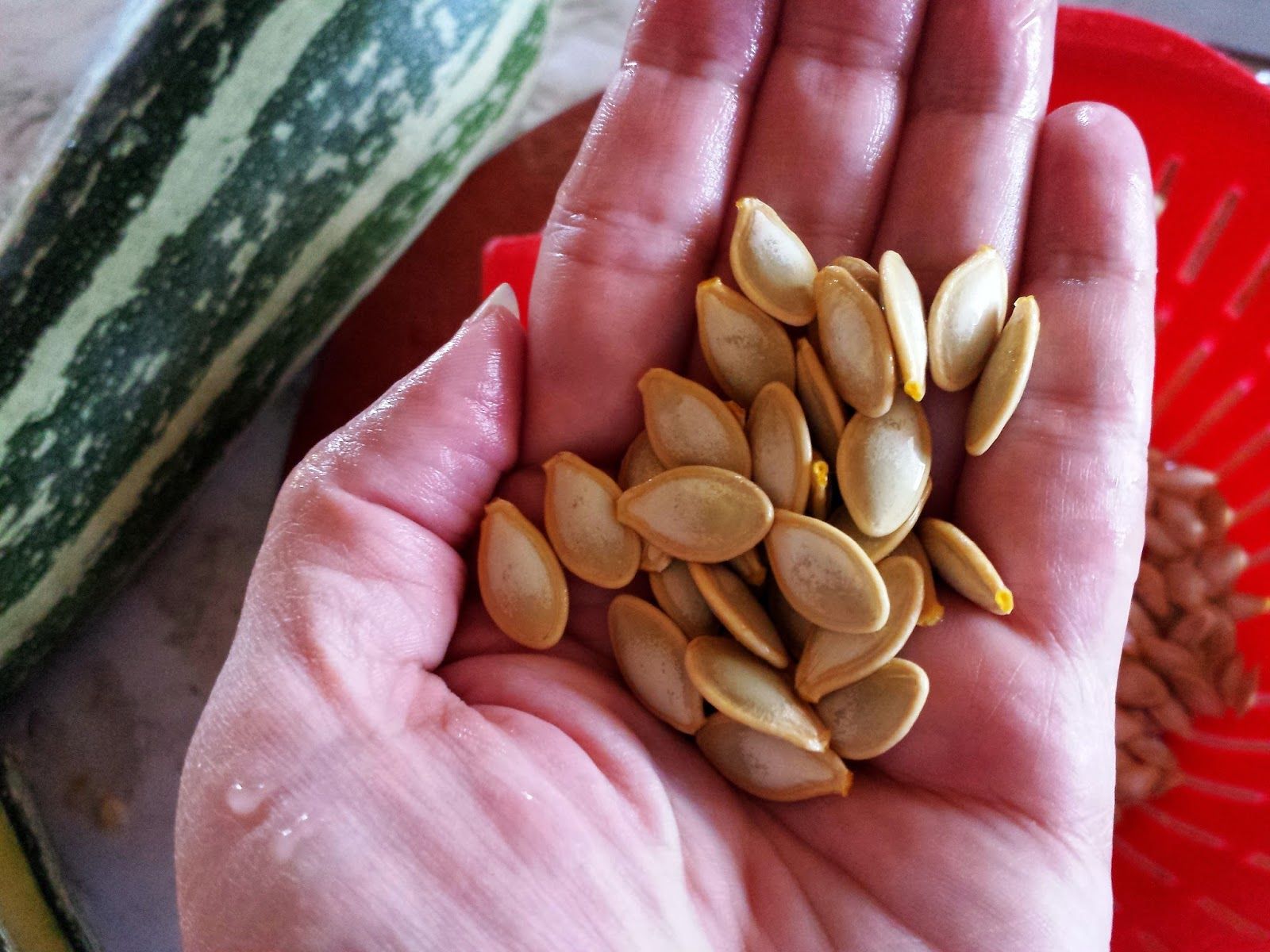

Garden Essentials
How To Plant Zucchini Seeds
Modified: August 27, 2024
Learn how to plant zucchini seeds in your garden with this comprehensive guide. Ensure successful growth and harvest of delicious zucchinis in your own backyard.
(Many of the links in this article redirect to a specific reviewed product. Your purchase of these products through affiliate links helps to generate commission for Storables.com, at no extra cost. Learn more)
Introduction
Welcome to the wonderful world of growing zucchini! Whether you are an experienced gardener or a newbie green thumb, planting zucchini seeds can be a rewarding and enjoyable experience. Zucchini, also known as courgette, is a versatile and nutritious vegetable that can be used in a variety of dishes, from stir-fries to salads and even baked goods. With its vibrant green color and delicious flavor, zucchini is a staple in many home gardens.
In this article, we will guide you through the process of planting zucchini seeds, from choosing the right varieties to harvesting and enjoying the fruits of your labor. So, grab your gardening tools and let’s get started!
Key Takeaways:
- Grow zucchini successfully by choosing the right varieties, preparing the soil, and providing proper care. Enjoy the rewards of a bountiful harvest and delicious culinary creations!
- Harvest and store zucchini with care to savor its flavors for months to come. Get creative with cooking methods and recipes to make the most of your zucchini harvest!
Read more: How To Save Zucchini Seeds
Step 1: Choosing the Right Varieties
When it comes to planting zucchini seeds, the first step is to choose the right varieties that will thrive in your growing conditions. There are numerous zucchini varieties available, each with its own unique characteristics and growth habits. Here are a few factors to consider when selecting your zucchini varieties:
- Space: Determine the amount of space you have available in your garden. If you have limited space, look for compact or bush varieties that take up less room. For larger garden areas, you can opt for vining varieties that can spread out.
- Days to maturity: Take note of the number of days it takes for each variety to mature and produce fruit. This will help you plan your planting schedule and ensure a steady supply of zucchini throughout the growing season.
- Taste and texture: Consider your preference for taste and texture. Some zucchini varieties have a mild flavor and tender texture, while others are more firm and flavorful. Choose varieties that suit your culinary preferences.
- Disease resistance: Check for varieties that are known for their resistance to common zucchini diseases such as powdery mildew and squash vine borers. This will help ensure healthier plants and higher yields.
Popular zucchini varieties include ‘Black Beauty,’ ‘Golden Zucchini,’ ‘Costata Romanesco,’ and ‘Raven.’ These varieties are known for their excellent flavor, high yield, and disease resistance. Do some research, read seed catalogs, or consult with local gardening experts to find the best zucchini varieties for your specific needs.
Once you have selected your zucchini varieties, it’s time to move on to the next step: preparing the soil.
Step 2: Preparing the Soil
Preparing the soil is an essential step in successfully planting zucchini seeds. Zucchini plants thrive in well-draining soil that is rich in organic matter. Here are a few tips to prepare the soil for your zucchini plants:
- Choose the right location: Select a sunny spot in your garden that receives at least 6-8 hours of direct sunlight per day. Zucchini plants love warmth and sunlight.
- Clear the area: Remove any weeds, rocks, or debris from the planting area. Zucchini plants compete with weeds for nutrients, so it’s important to start with a clean slate.
- Loosen the soil: Use a garden fork or tiller to loosen the soil to a depth of about 8-10 inches. This will improve drainage and allow the zucchini roots to penetrate the soil easily.
- Add organic matter: Incorporate compost or well-rotted manure into the soil to improve its fertility and nutrient content. This will provide a steady supply of nutrients for the growing zucchini plants.
- Adjust soil pH: Zucchini plants prefer slightly acidic soil with a pH level of around 6.0-7.0. If your soil pH is too low or too high, consider making the necessary adjustments to bring it within the optimal range.
By creating a favorable growing environment, you are setting the foundation for healthy and productive zucchini plants. Once the soil is prepared, it’s time to move on to the exciting part – planting the zucchini seeds!
Step 3: Planting the Seeds
Now that you have prepared the soil, it’s time to plant your zucchini seeds. Follow these steps to ensure proper seed placement and germination:
- Select the planting method: You can either sow zucchini seeds directly in the ground or start them indoors and later transplant the seedlings. Both methods have their advantages, so choose the one that works best for you.
- Sow the seeds: If planting directly in the ground, dig small holes about 1 inch deep and space them around 2-3 feet apart. Place 2-3 zucchini seeds in each hole and cover them with soil. If starting indoors, sow the seeds in seedling trays or pots filled with well-draining potting soil.
- Water gently: After sowing the seeds, gently water the soil to ensure moisture reaches the seeds. Avoid overwatering, as this can lead to dampening off or rotting of the seeds.
- Provide proper temperature: Zucchini seeds germinate best in warm soil with temperatures between 70-90°F (21-32°C). Ensure that the planting area or indoor space maintains an appropriate temperature for successful germination.
- Thin out seedlings: Once the zucchini seedlings emerge, thin them out by removing the weaker seedlings, leaving only the strongest one. This will give the remaining seedling ample space to grow and develop.
Remember to label the planted zucchini seeds, especially if you have different varieties. This will help you keep track of their growth and harvest times. With proper care and favorable growing conditions, your zucchini seeds will soon sprout and develop into healthy seedlings.
Now that the zucchini seeds are planted, it’s time to move on to the next step – providing proper watering.
Step 4: Providing Proper Watering
Watering is a crucial aspect of growing zucchini plants, as they require consistent moisture to thrive. Here are some important tips for providing proper watering:
- Water deeply and evenly: Zucchini plants have shallow roots, so it’s important to water them deeply. Apply water at the base of the plants, allowing it to soak into the soil and reach the root zone. Avoid overhead watering, as wet foliage can lead to disease.
- Monitor soil moisture: Keep an eye on the moisture level of the soil. Zucchini plants prefer evenly moist soil, so water whenever the top inch of soil feels dry. Be careful not to overwater, as this can lead to root rot and other issues.
- Use mulch: Apply a layer of organic mulch around the base of the plants to help retain moisture in the soil. Mulching also helps suppress weeds and regulate soil temperature.
- Water in the morning: Watering in the morning allows the leaves to dry off during the day, preventing the development of fungal diseases. Avoid watering in the evening, as it can create a favorable environment for diseases to thrive.
- Consider drip irrigation: If possible, consider installing a drip irrigation system for your zucchini plants. This ensures that water is delivered directly to the root zone, minimizing water loss and promoting efficient water usage.
Remember, consistent and adequate watering is essential for the healthy growth and productivity of your zucchini plants. Regularly check the soil moisture and adjust your watering schedule as needed to ensure optimum conditions for your plants.
With watering covered, let’s move on to the next step – providing adequate sunlight.
Read more: How To Get Zucchini Seeds
Step 5: Providing Adequate Sunlight
Adequate sunlight is crucial for the growth and development of zucchini plants. These sun-loving vegetables thrive when they receive full sun, which is defined as at least 6-8 hours of direct sunlight per day. Here are some tips for providing sufficient sunlight to your zucchini plants:
- Choose the right location: Select a sunny spot in your garden that is not shaded by buildings, trees, or other tall plants. This will ensure that your zucchini plants receive the maximum amount of sunlight.
- Orient the plants correctly: When planting your zucchini seeds or seedlings, orient them in a way that allows maximum exposure to the sun. The leaves of the plants should face the direction where they will receive the most sunlight throughout the day.
- Prune surrounding plants: If there are any nearby plants that are casting shade on your zucchini plants, consider pruning them to allow more sunlight to reach the zucchini leaves. This will promote photosynthesis and maximize growth.
- Use reflective materials: Place reflective materials, such as aluminum foil or white plastic, around the zucchini plants to redirect sunlight onto the leaves. This can help amplify the amount of sunlight available to the plants.
Keep in mind that zucchini plants can tolerate some shade, but it may result in reduced growth and lower yields. To ensure the best results, it is important to provide your zucchini plants with the recommended amount of sunlight.
With proper sunlight taken care of, let’s move on to the next step – mulching the plants.
Plant zucchini seeds in well-drained soil, 1 inch deep and 2-3 feet apart. Water regularly and provide plenty of sunlight for optimal growth.
Step 6: Mulching the Plants
Mulching is a beneficial practice that can greatly enhance the growth and health of zucchini plants. By applying a layer of organic mulch around the base of the plants, you can enjoy the following advantages:
- Conserves soil moisture: Mulch acts as a natural barrier, helping to retain soil moisture by reducing evaporation. This is especially important during hot summer months when water evaporates quickly from the soil.
- Controls weeds: Covering the soil with mulch prevents sunlight from reaching weed seeds, thus inhibiting their germination and growth. This reduces competition for nutrients and water, allowing the zucchini plants to thrive.
- Moderates soil temperature: Mulch acts as a buffer, insulating the soil and protecting the zucchini plants’ roots from extreme temperature fluctuations. This helps maintain a stable and optimal environment for growth.
- Improves soil fertility: Organic mulch, such as straw or compost, breaks down over time and enriches the soil with valuable nutrients. This promotes healthy plant growth and improves overall soil fertility.
- Prevents soil erosion: Mulch helps prevent soil erosion by minimizing the impact of heavy rain or wind. It allows water to penetrate the soil gradually and reduces runoff, preserving the integrity of the topsoil.
When mulching your zucchini plants, apply a layer of mulch around 2-3 inches thick, ensuring that it does not touch the stems of the plants. This will help prevent moisture-related diseases and pest issues.
By mulching your zucchini plants, you are creating an ideal growing environment that supports their health and productivity. With the mulching step complete, it’s time to move on to regular maintenance and care.
Step 7: Regular Maintenance and Care
Regular maintenance and care are essential for keeping your zucchini plants healthy, productive, and free from common issues. By following these guidelines, you can ensure optimal growth and abundant harvests:
- Watering: Continue to monitor the moisture level of the soil and provide consistent watering. Aim to keep the soil evenly moist, but not overly saturated, to prevent root rot and other water-related issues. Adjust the watering schedule as needed based on weather conditions.
- Fertilizing: Zucchini plants benefit from regular feeding to replenish nutrients in the soil. Apply a balanced organic fertilizer, following the manufacturer’s instructions. Avoid excessive nitrogen fertilizers, as they can promote leafy growth at the expense of fruit development.
- Weeding: Regularly remove weeds around the zucchini plants to minimize competition for nutrients and water. Take care not to damage the shallow roots of the zucchini plants while weeding.
- Pest control: Keep an eye out for common pests such as cucumber beetles, squash bugs, and vine borers. Use organic pest control methods or companion planting techniques to deter pests and protect your zucchini plants.
- Disease management: Monitor your zucchini plants for any signs of diseases such as powdery mildew or bacterial wilt. If detected, take appropriate measures such as pruning affected leaves, providing good air circulation, or applying organic disease control methods.
- Supporting the plants: As your zucchini plants grow, they may benefit from support to prevent the heavy fruits from touching the ground. Use cages, stakes, or trellises to provide support and maintain plant health.
- Regular harvesting: Harvest the zucchini fruits promptly when they reach a size suitable for consumption. Regular harvesting encourages the plant to continue producing new fruits and prevents over-ripening, which can lead to reduced plant vigor.
By implementing these regular maintenance tasks, you can ensure that your zucchini plants remain healthy, productive, and resilient against common garden challenges.
With proper care and maintenance in place, it’s time to move on to the exciting step of harvesting the zucchini!
Step 8: Harvesting the Zucchini
Harvesting zucchini is a gratifying and delicious experience. Knowing when and how to harvest the fruits at the right time ensures optimal flavor and texture. Here are the key tips for harvesting zucchini:
- Timing: Zucchini fruits are typically ready for harvest when they reach a length of 6-8 inches and have a shiny, firm skin. Harvesting at this stage provides a tender and flavorful zucchini. Avoid leaving the fruits on the plant for too long, as they can quickly become overgrown and tough.
- Frequency: Regularly check your zucchini plants and harvest the ripe fruits every 2-3 days during peak production. This encourages continuous fruiting and prevents the plant from fully maturing and producing fewer fruits.
- Method: To harvest zucchini, use a sharp knife or pruning shears to cut the stem of the fruit from the plant. Leave a short stem attached to the fruit to help prolong its shelf life.
- Cautions: Take care not to damage the plant while harvesting, and avoid twisting or pulling the fruits forcefully, as this can damage the plant or break off the stem, leaving behind an open wound that can lead to infections.
Remember that zucchinis grow rapidly, so it’s essential to inspect your plants frequently to avoid missing the harvest window. Enjoy the excitement of harvesting fresh zucchini from your garden and savoring their delicious flavor!
Now that you have harvested your zucchini, it’s time to learn how to store and use them effectively.
Read more: How To Vertical Garden Zucchini
Step 9: Storing and Using the Zucchini
After harvesting a bountiful supply of zucchini, it’s important to know how to store and utilize them to maximize their flavor and freshness. Here are some tips on storing and using zucchini:
- Storage: Zucchini can be stored in the refrigerator for up to a week. Place unwashed zucchini in a perforated plastic bag or wrap it in a damp cloth to maintain moisture. Avoid storing zucchini near ethylene-producing fruits, such as apples or bananas, as they can cause premature ripening and spoilage.
- Freezing: Zucchini can be frozen for future use. Wash, slice, and blanch the zucchini in boiling water for a couple of minutes, then transfer it to an ice bath to cool. Pat dry and place in freezer-safe containers or bags, removing as much air as possible. Frozen zucchini can be used in recipes like stir-fries, soups, or breads.
- Cooking methods: Zucchini is a versatile vegetable that can be enjoyed in a variety of ways. It can be sautéed, grilled, roasted, or used raw in salads and slaws. Explore recipes that highlight the natural flavor and texture of zucchini, such as zucchini noodles, stuffed zucchini boats, or zucchini fritters.
- Creative uses: Don’t limit yourself to traditional recipes when using zucchini. Get creative by incorporating it into baked goods like zucchini bread or muffins. You can also blend it into smoothies or use it as a substitute for pasta in low-carb dishes.
- Preserving: If you have an abundance of zucchini, consider preserving it for later use. Zucchini can be pickled, canned, or made into jams or relishes. These preserved items can add a burst of flavor to your meals throughout the year.
Remember to experiment with different cooking methods and recipes to fully enjoy the versatility and deliciousness of zucchini. With proper storage techniques and creative uses, you can make the most out of your zucchini harvest and savor its flavors for months to come.
Congratulations on successfully completing all the steps to plant, grow, harvest, and utilize fresh zucchini from your garden. May your zucchini adventures be filled with delectable culinary creations!
If you have any further questions or need additional guidance, feel free to reach out. Happy gardening!
[Closing sentence: You may validate the HTML output]
Conclusion
Congratulations! You are now equipped with the knowledge and understanding of how to plant zucchini seeds and nurture them into healthy, productive plants. By following the steps outlined in this guide, you are well on your way to enjoying a bountiful harvest of fresh and delicious zucchini.
From choosing the right varieties to preparing the soil, planting the seeds, and providing proper care, each step plays a crucial role in the success of your zucchini plants. Whether you are a seasoned gardener or a beginner, this guide has provided you with the necessary information to confidently embark on your zucchini-growing journey.
Remember to continuously monitor your zucchini plants, ensuring they receive adequate water, sunlight, and nutrients. Regular maintenance, such as weeding, pest control, and supporting the plants, will promote their overall health and productivity.
Once your zucchini fruits are ready to harvest, follow the guidelines for proper harvesting techniques to ensure optimal flavor and texture. From there, explore an array of culinary possibilities as you store, freeze, and creatively use your freshly harvested zucchini.
As you continue to hone your gardening skills, don’t forget to enjoy the process and savor the satisfaction of growing your own zucchini. There’s nothing quite like the taste of homegrown vegetables, and with zucchini, you have a versatile and flavorful addition to your culinary repertoire.
So, roll up your sleeves, grab your gardening tools, and dive into the joy of planting zucchini seeds. Whether you’re adding them to a garden bed, a container garden, or even a vertical space, zucchini plants will reward you with their abundant harvest and delicious flavors. Happy gardening!
[Closing sentence: You may validate the HTML output]
Frequently Asked Questions about How To Plant Zucchini Seeds
Was this page helpful?
At Storables.com, we guarantee accurate and reliable information. Our content, validated by Expert Board Contributors, is crafted following stringent Editorial Policies. We're committed to providing you with well-researched, expert-backed insights for all your informational needs.
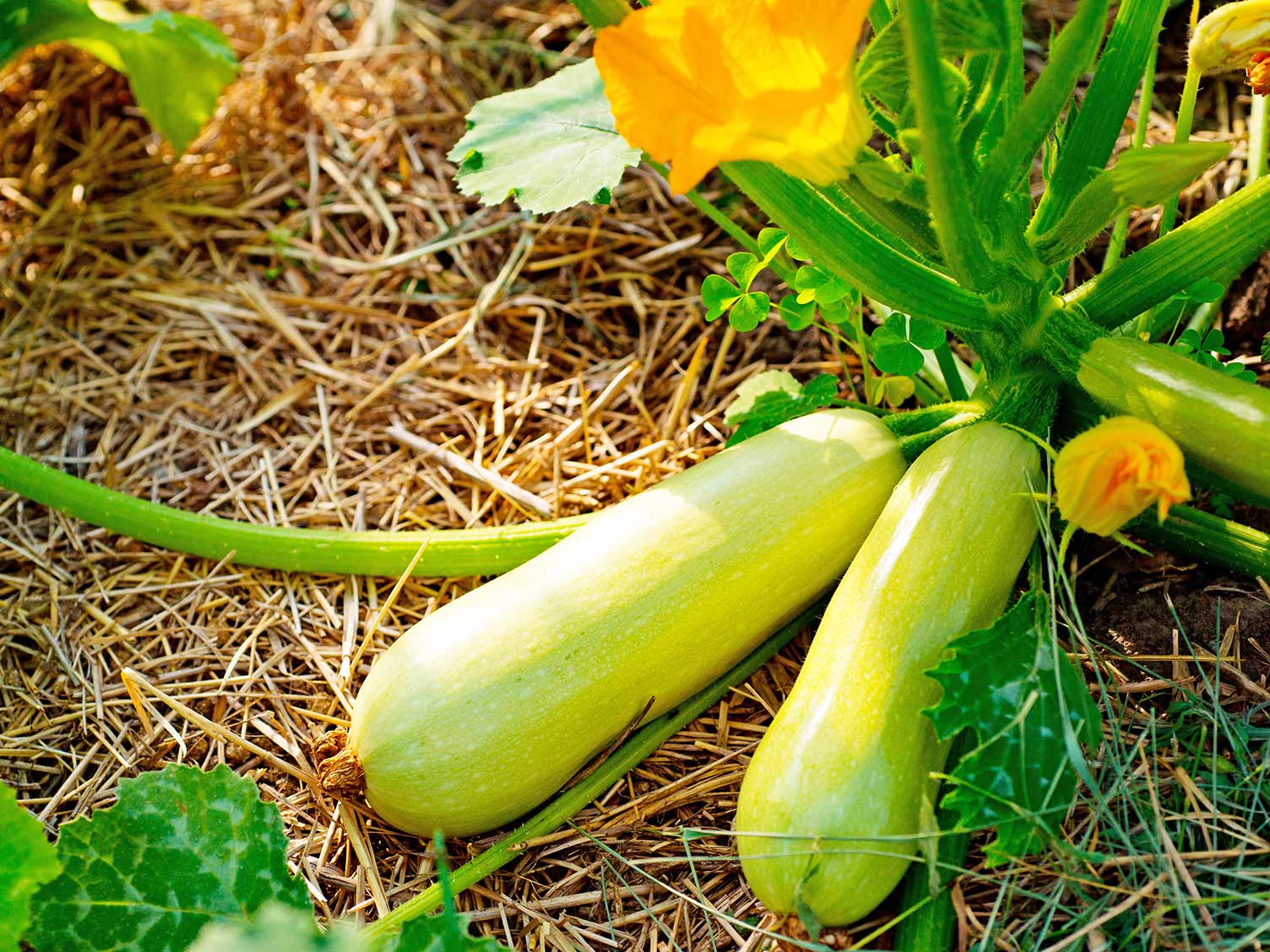

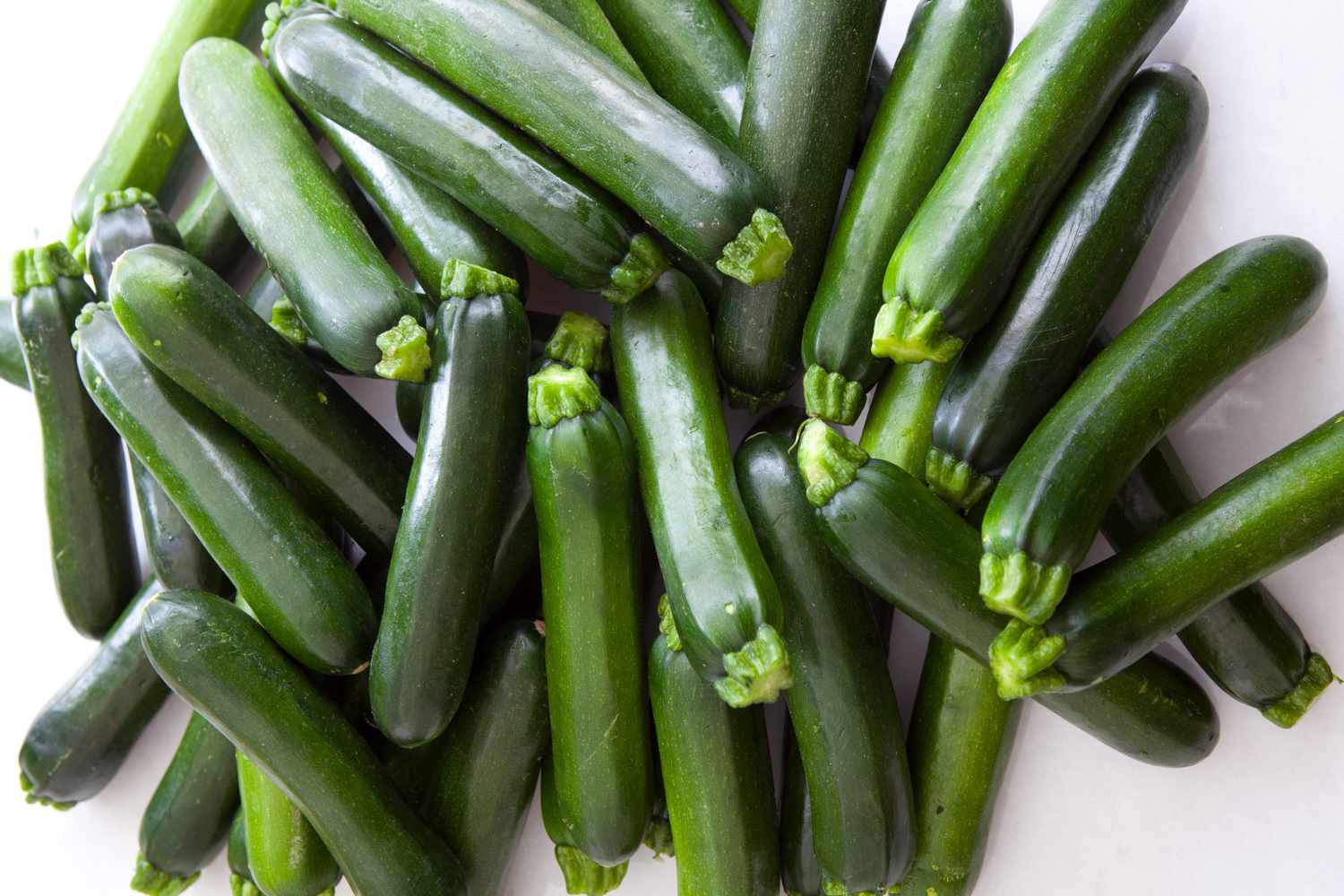


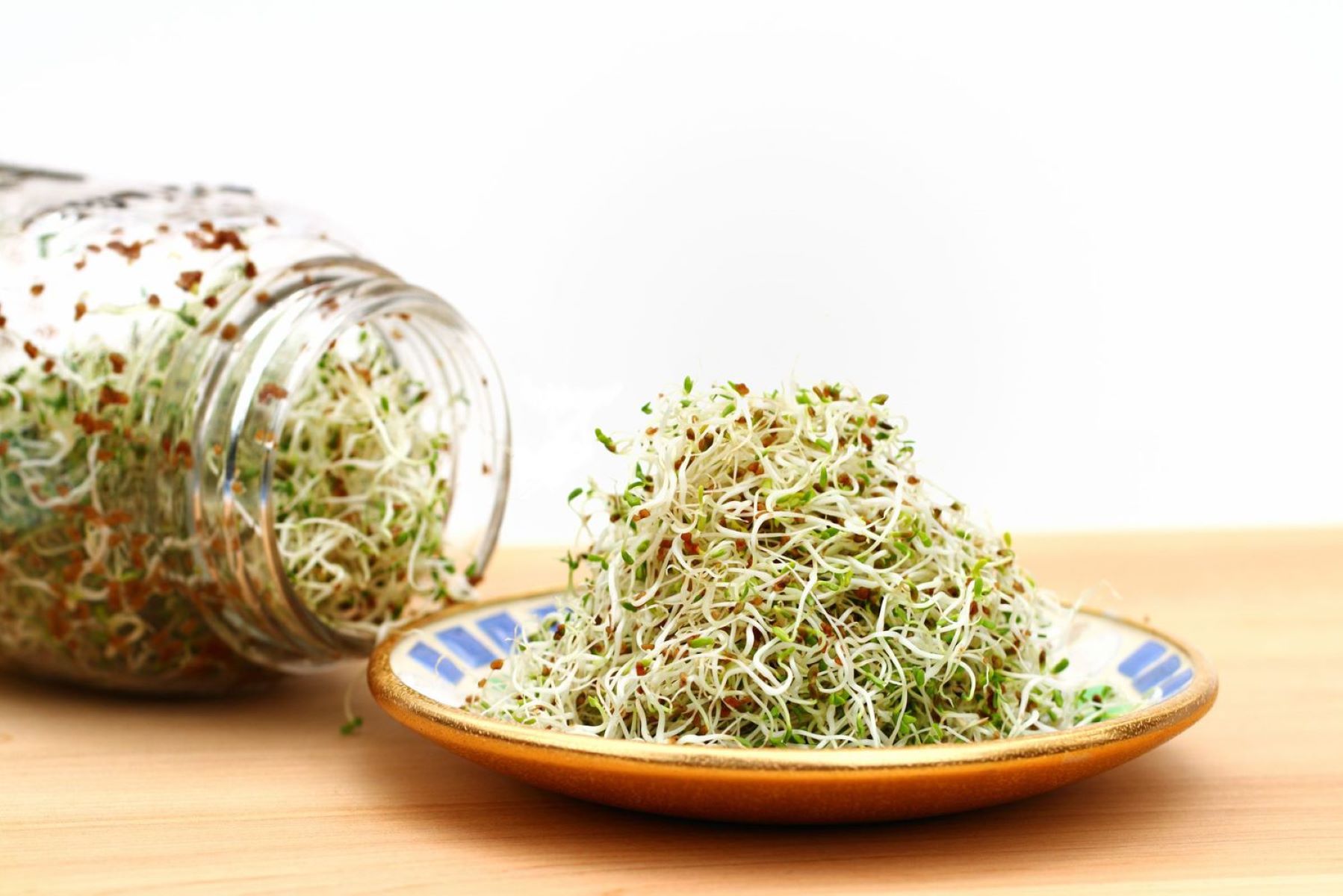
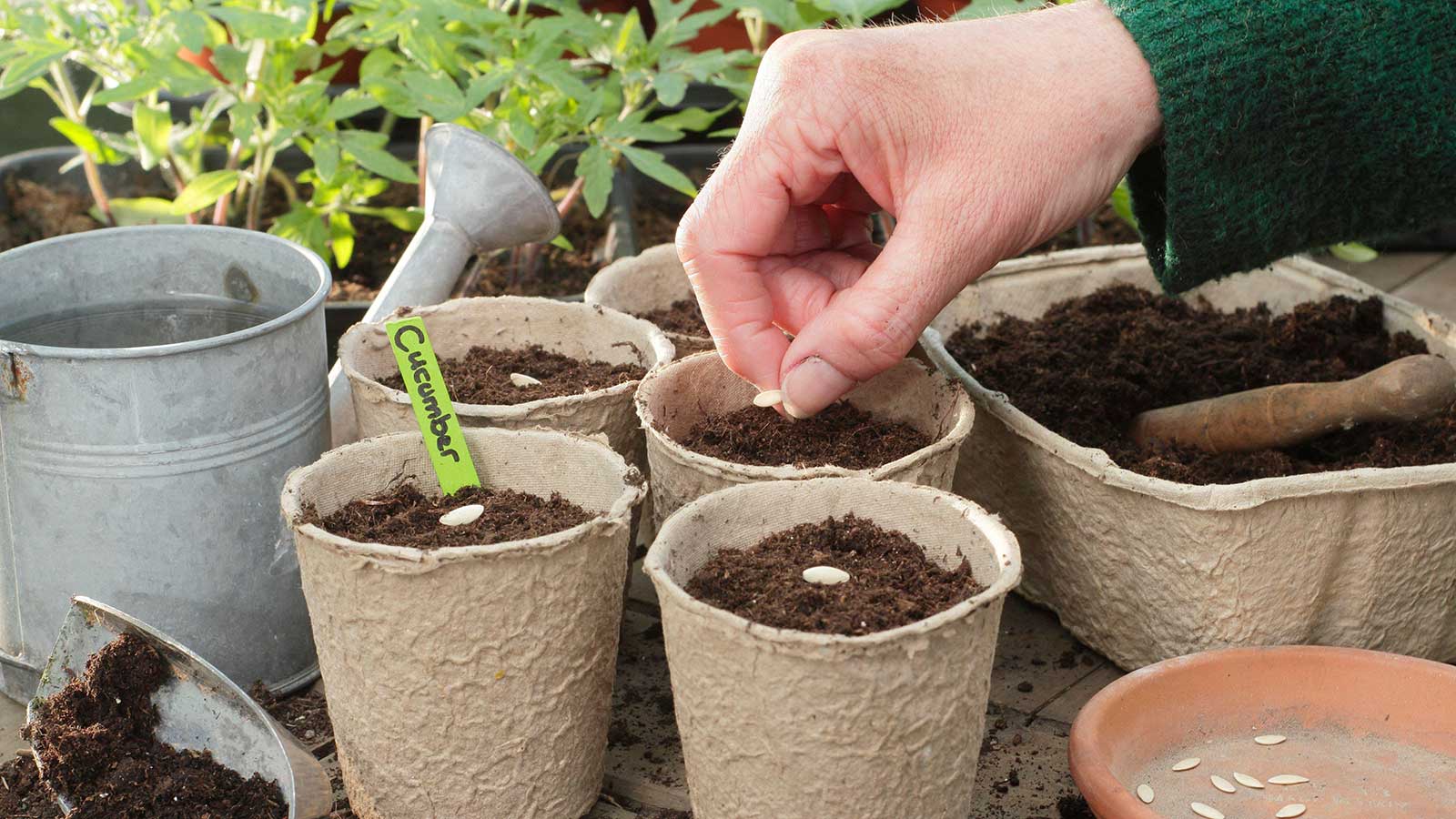
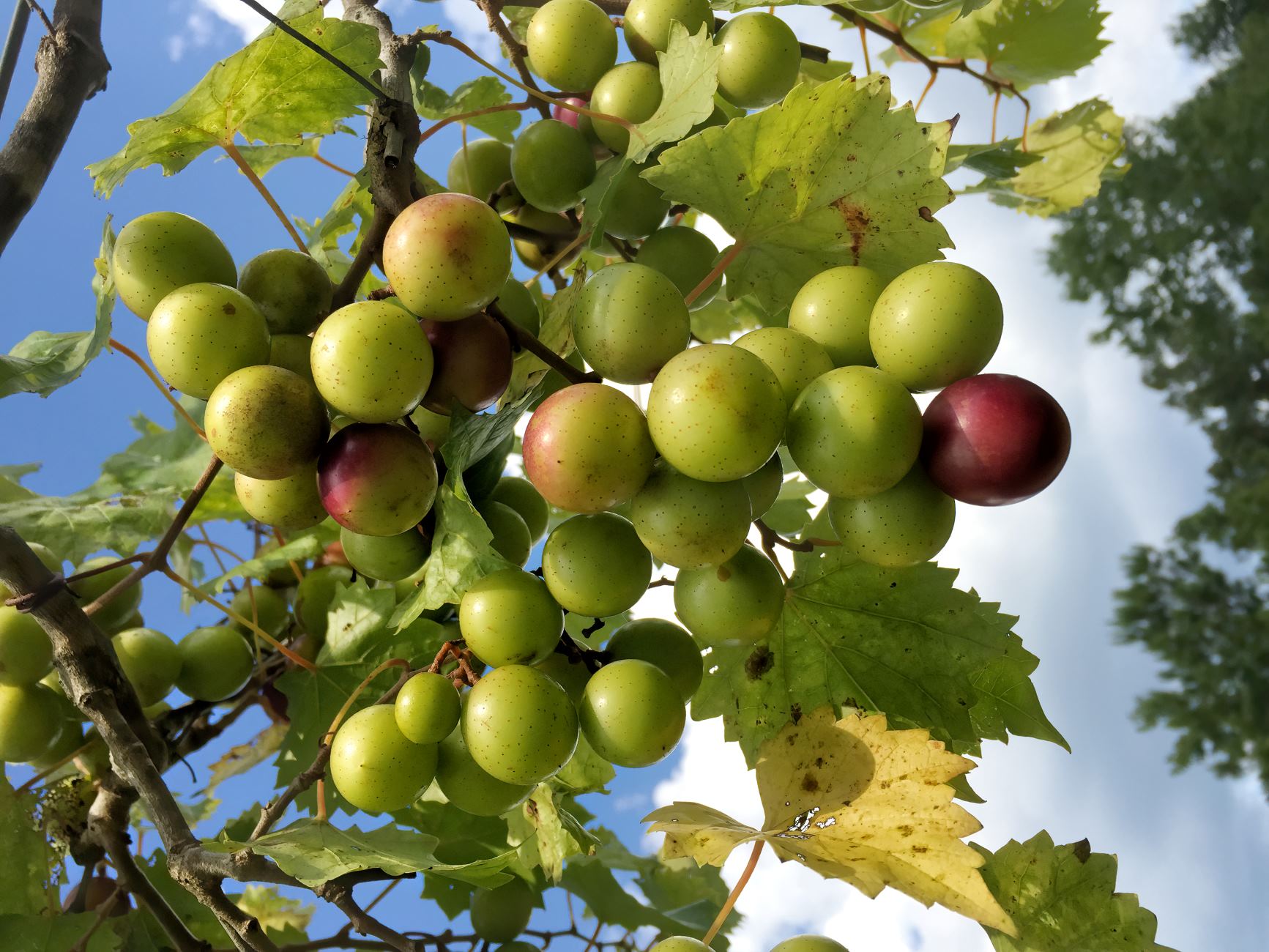
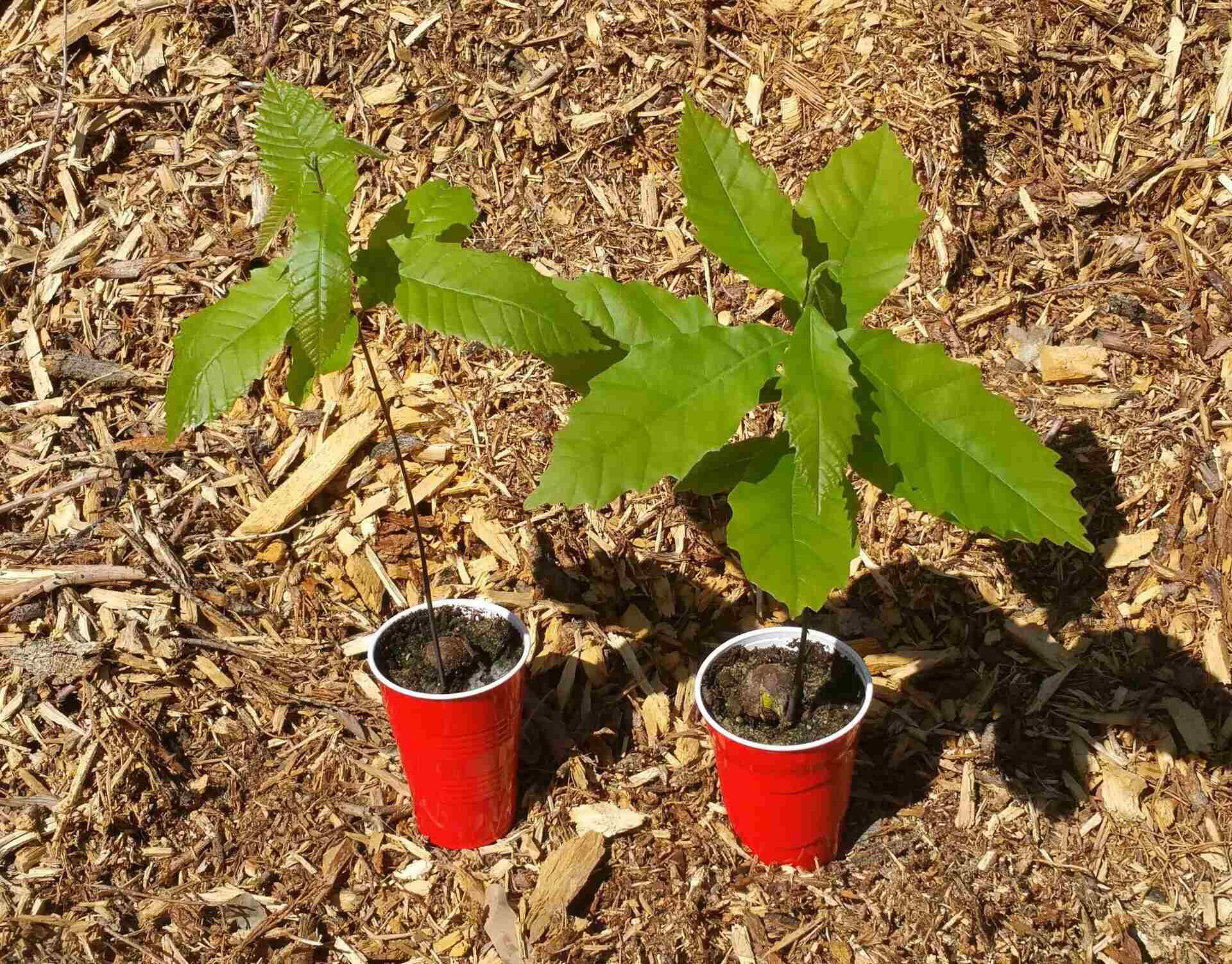

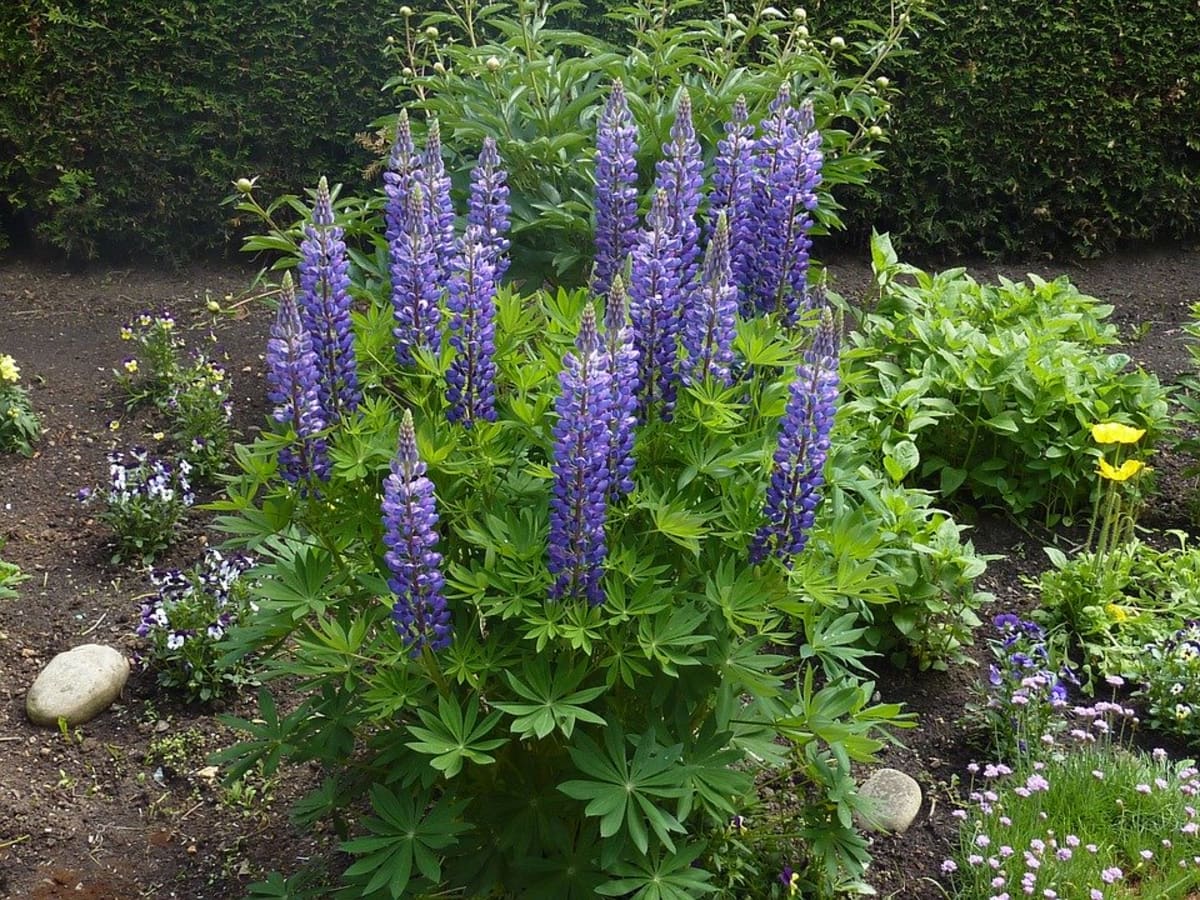
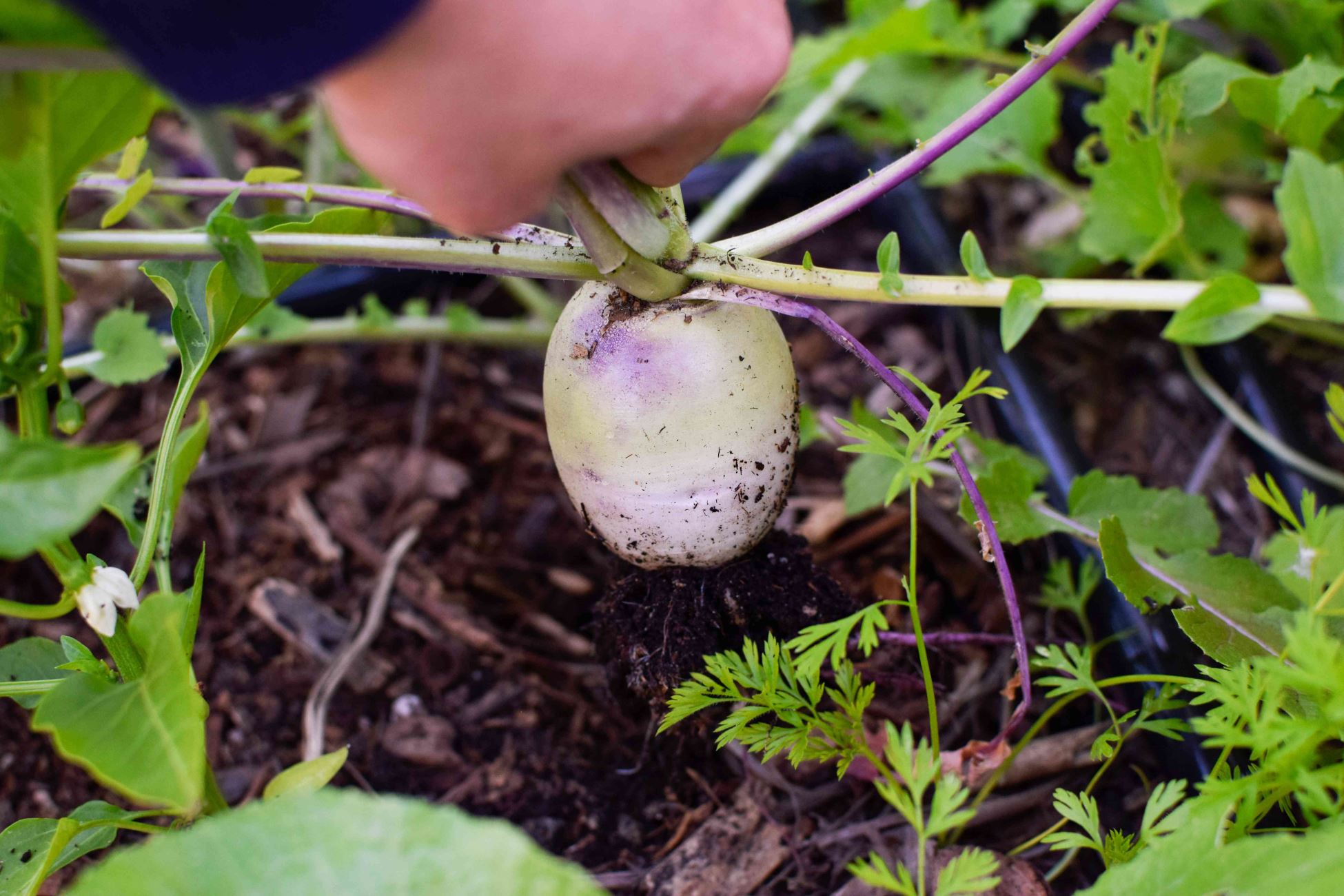
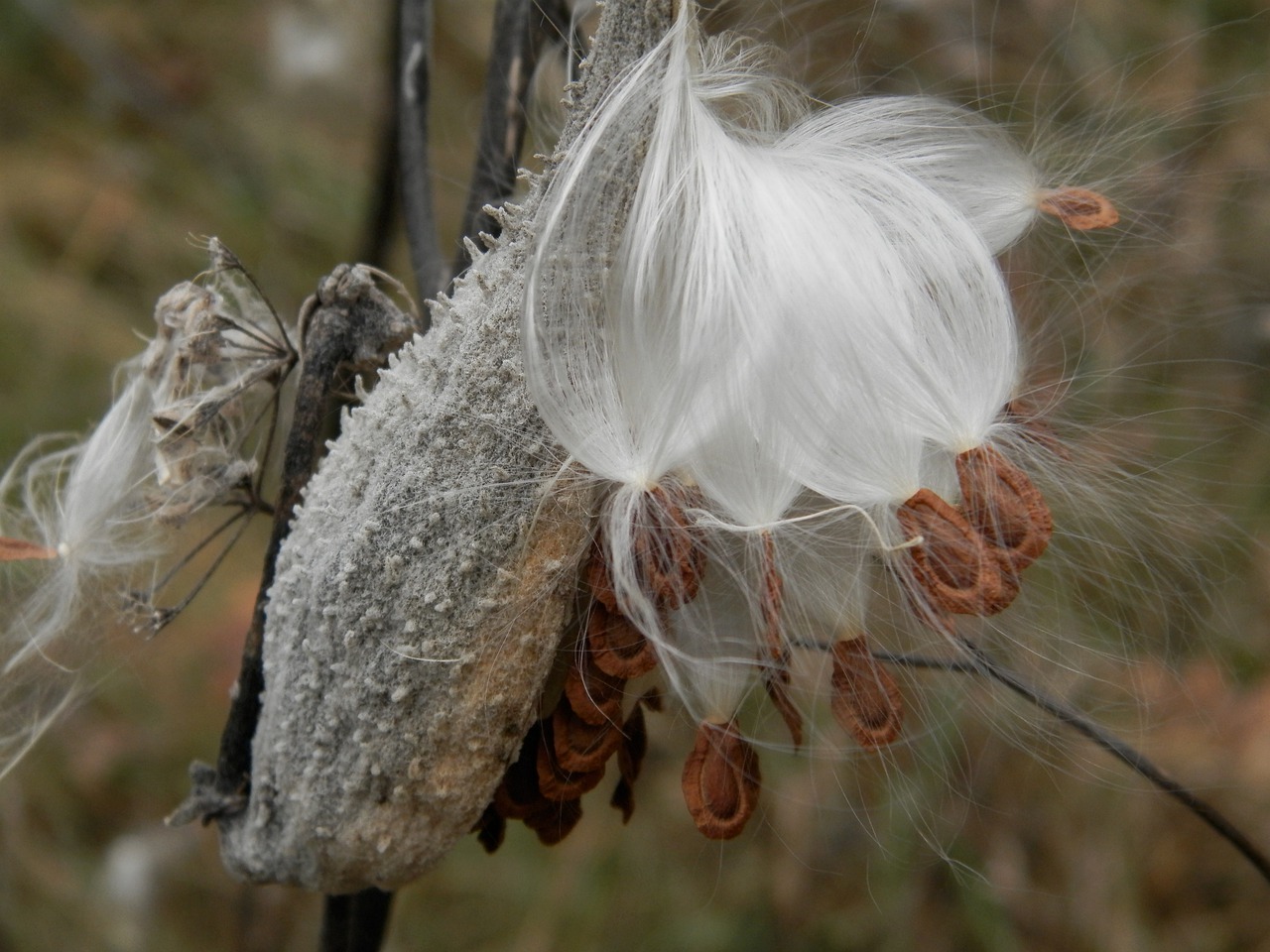

0 thoughts on “How To Plant Zucchini Seeds”